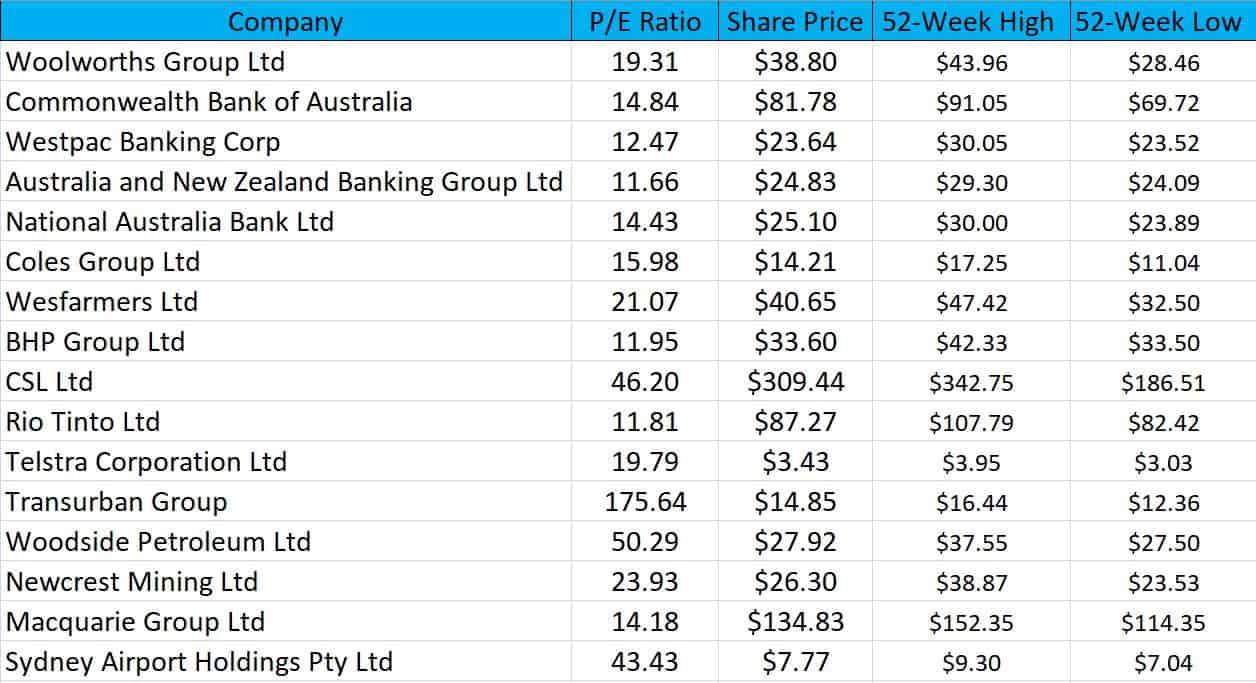This week's S&P/ASX 200 (INDEXASX: XJO) weekly wrap couldn't stand in starker contrast to last week. Seven days ago, we were looking at fresh new all-time highs for both the ASX 200 and All Ordinaries (INDEXASX: XAO) indexes. ASX companies were reporting results all round, earnings and dividends were growing, and everything seemed calm and well.
As it turns out, it was too calm.
Last week, the ASX had its worst week since the GFC over 11 years ago. The ASX 200 started the week at 7,139 points. On Friday, it ended the week at 6,441.2 points – erasing 7 months of gains in just five days in a 9.77% whipsaw.
On Monday, the ASX responded to news that COVID-19, a.k.a. the coronavirus – long just a 'China' problem – had suddenly become the world's problem. With outbreaks reported in Iran, Italy, South Korea, the United States and Australia, the virus that as of last week was a mere feather on the shoulders of the market was suddenly an anvil.
How did the markets end last week?
To put it lightly, not well.
Monday saw the ASX 200 drop 2.25%.
Then Tuesday's 1.6% dip came.
On Wednesday, it was down another 2.31%.
Thursday almost felt like a reprieve with 0.75% shaved off the index.
Then Friday was upon us and we saw a hefty 3.25% drop in the ASX 200 to finish the week off.
All in all, it turned out to be the second worst week the ASX 200 has ever had. The turnaround in sentiment was rapid – fear abounded and virtually all ASX shares were punished in the resulting stampede for the exits.
But we also saw a few other remarkable records last week. The Australian dollar is now at GFC-level lows, falling below 66 US cents.
Meanwhile, 'safe haven' assets were (of course) in high demand. The 10-year Australian bond yield dipped to another record low last week of 0.87%.
The gold price also made a new record (for us Aussies anyway). During the week, gold set its highest price per ounce in Australian dollars ever – going as high as $2,525/oz before retreating somewhat. It currently stands at $2,450.69/oz as we start this new week (or US$1,586.30).
Which ASX shares were the biggest winners and losers?
As alluded to earlier, there were a lot more losers than winners last week.
But here is a table outlining the elusive winners from the past 5 trading days:

As you can see, Invocare Limited (ASX: IVC) was the standout performer. The InvoCare share price finished the week 9.2% higher at $14.50 a share after the funeral services provider reported its FY19 full year results to the market and impressed with a 3.5% lift in revenue and a 21.4% jump in earnings. I won't point out the obvious (and morbid) elephant in the room here that a funeral company is the ASX's best performer in a week dominated by a disease outbreak.
Another standout performer was Chorus Ltd (ASX: CNU). Chorus is a little-known telco with a network of fixed-line infrastructure across the ditch in New Zealand. The company also impressed the market with its half-year FY20 results in which it reported revenues of $483 million and earnings growth of 4.4% to $332 million. Chorus shares responded positively, up 5.10% to finish the week at $6.39 a share.
Now the good news is out of the way, lets look at the ASX's worst performers for the week:

Obviously, it's Webjet Limited (ASX: WEB) that dominates the loser list for last week. And I don't think it would surprise anyone that Webjet is a travel-related company either. With travel bans only likely to increase across the globe in the coming weeks and months, it's a pretty bleak time to be running a travel agency – and the market knows it. Webjet shares finished the week nearly 30% lower at $9.56 a share.
Clinuvel Pharmaceuticals Limited (ASX: CUV) was a close second. This biopharma company reported a stock-crushing 74% decline in net profits , despite also posting an 11% increase in total revenues. Clearly, investors didn't buy the line out of the company that the profits were being reinvested into higher growth areas for Clinuvel. Clinuvel shares ended the week 29.1% lower at $17.77 a share.
What is this week looking like for the ASX?
In a reminder of our global standing, the ASX's fortunes are likely going to ride or die on what happens over in the US. The Dow Jones recorded a 1.4% drop on Friday night (our time), so this might be an indication of where things might head as we start the week.
In other news, earnings season is wrapping up, but we have a number of ASX blue-chips going ex-dividend this week (meaning the cut-offs for dividend payments will pass). These include Qantas Airways Limited (ASX: QAN), Woolworths Group Ltd (ASX: WOW) and BHP Group Ltd (ASX: BHP).
What's more striking is how most of the ASX blue chips are looking as we start the new week. Take a look at the table below and note the current share prices relative to their 52-week highs (and lows).

As you can see, the turnaround has been most pronounced in resource stocks like BHP and Woodside Petroleum Limited (ASX: WPL). Unsurprisingly, Sydney Airport Holdings Pty Ltd (ASX: SYD) is also showing weakness.
And finally, here is the lay of the land for some leading market indicators:
- S&P/ASX 200 at 6,441.2 points
- ALL ORDINARIES at 6,511.5 points
- Gold is asking US$1,586.30 per troy ounce
- Brent crude oil is trading at US$50.50 a barrel
- Australian Dollar buying 65.09 US cents
Foolish takeaway
Last week was no doubt a scary time for many ASX investors. It's never fun seeing the value of your portfolio substantially decline on paper, believe me, I know! However, I would urge some restraint as we start this week.
If you weren't prepared to sell your shares 2 weeks ago week, why would this week be any different? Periods of market panic often make investors do silly things out of emotional fear – leading to long-term wealth destruction. So ignore the sensationalist headlines and the panic and as the late, great Jack Bogle said, "stay the course".








